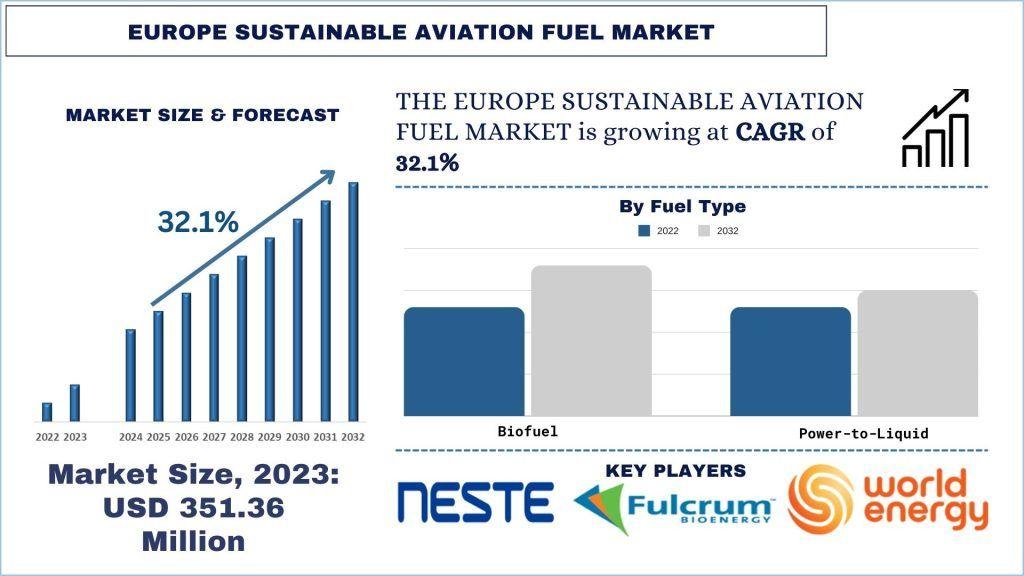Home
Events
Blogs
Market
Groups
Pages
More
The Evolution and Importance of Web Design Services in the Digital Era

Introduction
In today's digital age, a company's online presence is pivotal to its success. A well-designed website is not just a virtual storefront but a powerful tool that can significantly influence brand perception, customer engagement, and business growth. This article delves into the critical role of web design services, exploring their evolution, key elements, and the impact they have on businesses.
The Evolution of Web Design
Early Days of Web Design
Web design has come a long way since the early days of the internet. In the 1990s, websites were often basic, text-heavy, and static, with limited interactivity and rudimentary layouts. Designers relied heavily on HTML to structure content, and aesthetics were minimal due to technical constraints.
The Advent of CSS and JavaScript
The introduction of Cascading Style Sheets (CSS) and JavaScript revolutionized web design in the late 1990s and early 2000s. CSS allowed designers to separate content from presentation, enabling more sophisticated and visually appealing designs. JavaScript brought interactivity, allowing for dynamic content and a more engaging user experience.
The Rise of Responsive Design
With the proliferation of smartphones and tablets in the 2010s, responsive design became essential. Websites needed to adapt seamlessly to various screen sizes and resolutions. This shift led to the adoption of flexible grid layouts, scalable images, and media queries, ensuring an optimal user experience across all devices.
Modern Web Design Trends
Today, web design is characterized by minimalistic aesthetics, fast loading times, and user-centric designs. The focus is on creating intuitive navigation, compelling visuals, and immersive experiences. Technologies like HTML5, CSS3, and advanced JavaScript frameworks enable the development of highly interactive and feature-rich websites.
Key Elements of Effective Web Design
User Experience (UX) Design
User experience is at the heart of modern web design. A website must be easy to navigate, with a logical flow and intuitive interfaces. UX design involves understanding user behavior, conducting usability tests, and iterating on designs to meet user needs effectively.
Visual Design
Visual design encompasses the look and feel of a website. It includes elements like color schemes, typography, imagery, and layout. A visually appealing website creates a strong first impression and can significantly impact user engagement and retention.
Content Strategy
Content is king in the digital world. An effective content strategy ensures that information is presented clearly and compellingly. This includes everything from the quality of written content to the use of multimedia elements like videos and infographics.
Performance Optimization
Website performance is crucial for user satisfaction and Web Design Service search engine ranking. Factors like page load speed, mobile responsiveness, and overall site performance play a significant role in retaining visitors and improving SEO.
Search Engine Optimization (SEO)
SEO is essential for driving organic traffic to a website. It involves optimizing on-page elements, creating high-quality content, and building backlinks to improve search engine visibility. An SEO-friendly website is more likely to attract and retain visitors.
The Impact of Web Design Services on Businesses
Enhancing Brand Identity
A professionally designed website enhances a brand's identity and credibility. It reflects the company's values, mission, and personality, helping to build trust with potential customers.
Increasing Customer Engagement
An engaging website encourages visitors to explore and interact with content. Features like interactive elements, personalized experiences, and seamless navigation contribute to higher user engagement and longer visit durations.
Boosting Conversion Rates
Effective web design can significantly improve conversion rates. Clear calls-to-action (CTAs), streamlined checkout processes, and persuasive design elements guide users toward desired actions, such as making a purchase or signing up for a newsletter.
Supporting Digital Marketing Efforts
A well-designed website is a cornerstone of digital marketing strategies. It serves as a central hub for various marketing activities, including content marketing, social media campaigns, and email marketing.
Ensuring Competitive Advantage
In a competitive digital landscape, a superior website design can set a business apart from its competitors. It not only attracts and retains customers but also positions the brand as an industry leader.
Conclusion
Web design services have evolved dramatically over the past few decades, becoming a critical component of a successful online presence. From enhancing user experience to supporting digital marketing efforts, the impact of a well-designed website cannot be overstated. As businesses continue to navigate the digital landscape, investing in professional web design services will remain essential for achieving growth and success.
Visit Us: https://www.a1jinternational.




